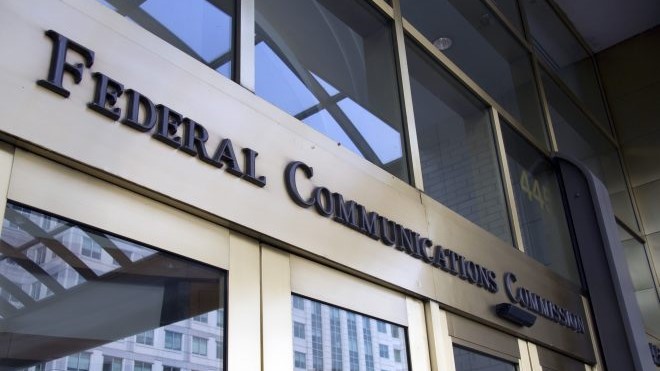FCC Expands TV White Space Use for Wireless Operations
NAB, CTA and CAN all praise effort to expand white space use

WASHINGTON—The FCC has officially amended its rules regarding TV white spaces, expanding the use of spectrum for unlicensed wireless services. The FCC believes that the new rules will allow for the delivery of broadband services in rural and underserved communities while also protecting broadcast TV stations and other licensed services from harmful interference.
The expansion comes as a result of a Report and Order approved by the FCC today, Oct. 27, during its Open Commission Meeting.
With the new rules, the FCC says it will now allow for more flexibility in how wireless services are provided within white spaces, better reflecting technological and geographical realities. This includes increasing the maximum permissible power and antenna height for fixed white space devices operating in “less congested” areas in the TV bands; generally rural and unserved areas, per the FCC. Also, the minimum required separation distances between protected services and entities operating in the band and white space devices operating at the new higher power levels and higher heights above average terrain have been increased in an effort to ensure TV stations and protected from interference.
Additional components to the new rules include permitting higher power mobile operations using white space devices in “less congested” areas within defined geo-fenced areas (school bus routes and farm boundaries) and providing flexibility for new narrowband white space devices in an effort to capitalize on Internet of Things applications.
A Further Notice of Proposed Rulemaking was also adopted to explore whether to modify FCC rules on permitting the use of terrain-based models to determine available TV channels for white space devices.
In the run up to this decision, there had been debate about the potential for interference that may result in expanded unlicensed wireless use of TV white spaces. But the FCC gave broadcasters a victory when they sided with the NAB over the question of allowing higher-powered unlicensed device use on channels adjacent to TV channels.
As a result, NAB praised the effort by the FCC on this decision, as did CTA and Connect Americans Now.
Get the TV Tech Newsletter
The professional video industry's #1 source for news, trends and product and tech information. Sign up below.
“NAB thanks the FCC for approving an order that would provide greater flexibility for white spaces operations without undermining the fundamental principle that these operations must not cause interference to licensed services, such as radio and TV stations. We commend the commission staff for their hard work on this item and their commitment to a consensus-based approach,” said NAB Executive Vice President of Communications Ann Marie Cumming.
“Today’s vote by the FCC is a victory for those across the country whose lives have been made more difficult from lack of access to a reliable internet connection,” said Jamie Susskind, vice president, Policy and Regulatory Affairs, CTA. “Leveraging TV white spaces for broadband use is an innovative solution that will help families across the United States live better lives—from better access to remote work and education to life saving digital health services and more.”
CAN added: “We commend the FCC for demonstrating bipartisan commitment to maximizing spectrum resources to expand broadband connectivity, a critical need for millions of Americans made more urgent by the pandemic.”
The proposal was adopted unanimously by the FCC commissioners.
